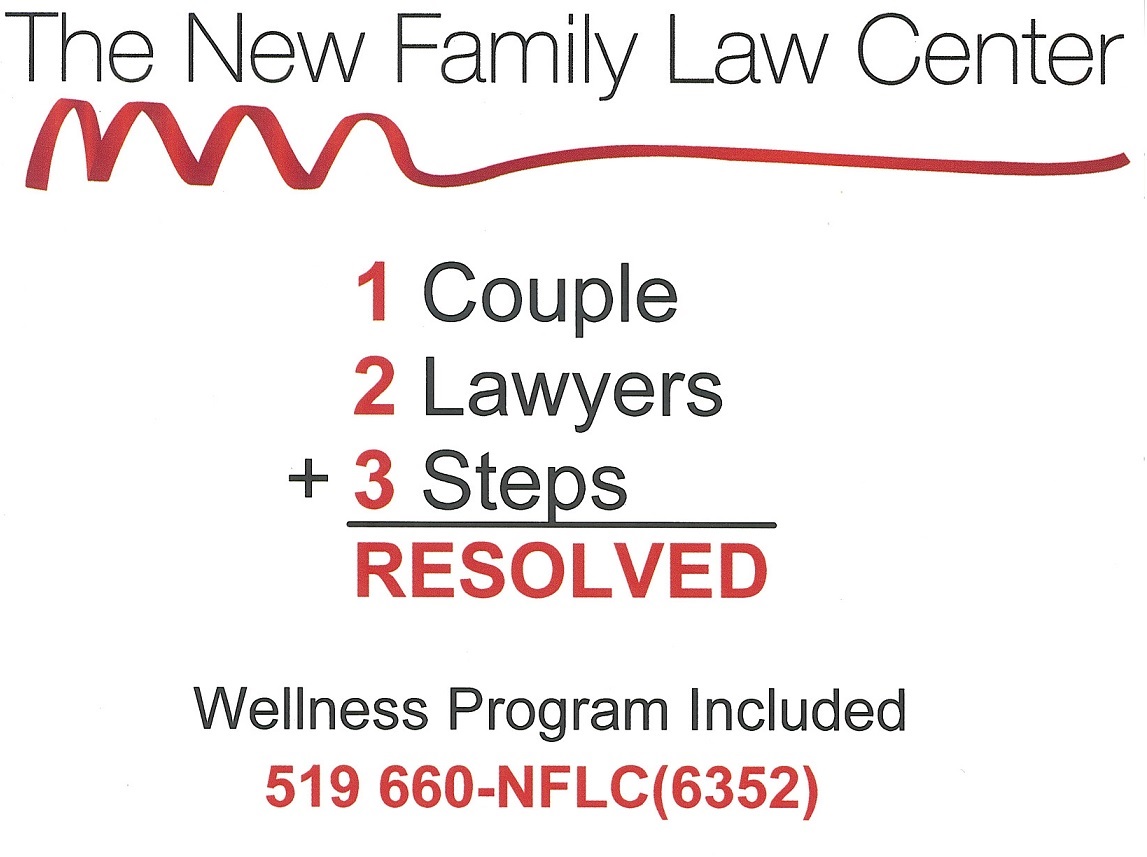There has been a lot of excitement in the online food allergy community about the launch of the Auvi-Q epinephrine auto-injector, known as Allerject in Canada. Sanofi (which produces the Auvi-Q/Allerject) invited US based bloggers to an Auvi-Q Summit, and the resulting posts were interesting and informative.
Sanofi is off to a very good start capturing the attention of the online food allergy community and engaging them so that they’ll inform their readers about the Auvi-Q injector. I’m interested to see if they’ll stay relevant and connected to us, now that the product launch is over.
Mylan appears to be concerned about having competition. What product on the market can you think of that’s enjoyed no competition? The EpiPen has been in that privileged spot for twenty-five years, enjoying 97% to 98% market share, and I submit that it will benefit consumers now that there’s now a serious competitor on the market.
I’m very disappointed to see that Mylan CEO, Heather Bresch, has launched an attack against Sanofi in this New York Times article published two days ago. Quote: “In an interview this week, Mylan’s chief executive took issue with claims [by Sanofi] that up to two-thirds of EpiPen users do not carry their devices, saying the company would take “appropriate action” to challenge the claims.” Ms. Bresch is further quoted as saying that while Sanofi is raising awareness about the dangers of severe allergic reactions, they’re doing so in a misleading way.
Seriously? Two weeks into the Auvi-Q launch, Mylan has found a reason to challenge or sue them and has declared it to the world in the New York Times! After reaching out to bloggers at a Mylan EpiPen Summit last week (the first of its kind to my knowledge), how will this endear them to those bloggers, whose support they seem to be beginning to value?
I’m honestly confused. In this New York Times article published on March 9, 2012 quoting Ms. Bresch titled “A Dangerous Allergy To Change”, it says that around 1.7 million Americans have now received EpiPens via prescription. I was shocked by that low number, because by my calculations about 75 million Americans are at risk of anaphylaxis from food, latex, insect stings, and medication combined.
The writer goes on to state that only around 7 per cent of the people who are at risk of an allergic reaction are now thought to hold EpiPens, either because they never bothered to get a prescription, were unaware of their risk, or could not afford the $100 price-tag… and even people who have prescriptions sometimes leave their EpiPens behind.
It seems that Mylan’s concern is that Sanofi has quantified the percentage of people who sometimes leave their EpiPens behind. Ms. Bresch was using this unquantified population to her advantage in “A Dangerous Allergy To Change,” when she argued that because people sometimes don’t carry epinephrine, it should be available in public spaces. The author noted that while Mylan’s own interest is clearly commercial, it is hard to disagree. I assume that Ms. Bresch was quoted correctly and was happy with that content, because a correction was not issued.
I’d like to see consistency in Ms. Bresch’s arguments on behalf of Mylan. I’d be horrified to see them sue Sanofi (again)* in an effort to keep the Auvi-Q off the market or to deplete Sanofi’s assets or reach. If Mylan didn’t make enough of their privileged competition-free position over the last 25 years, they have no one to blame but themselves.
* In January 2011, King Pharmaceuticals launched a lawsuit against Intelliject (the equivalent players are now Mylan and Sanofi) alleging patent infringement and held up the final FDA approval of the Auvi-Q until it was resolved. The parties settled in March 2012, and as part of the settlement, Intelliject agreed to not market Auvi-Q until at least November 15, 2012. Source: http://www.fdalawyersblog.com/2012/08/intellijectsanofi-auvi-q-devic.html Accessed 2 February 2013.









I am a mother of a child with VERY severe food allergies. There are times when we walk out of the house without his epi-pens. They are not convenient to carry in any way. I am very petite so they don’t fit in my pockets! The design is ridiculous, I would LOVE to have the Auvi Q here in the USA!!!
I truly feel that, as with every new product, there is always a conflict of interest that arises with a similar product and I don’t feel this is a unique case. I’m sure both companies are aiming for better publicity and better sales but what company would not want that? If anything, I lean on the positive side of things and I believe that consumers will choose the product that they feel is the best fit for them which (sometimes) doesn’t even depend on what type of additional comments are made. If this causes Mylan to step up and push back harded for the good of the people, then it’s a good thing. If it causes Sanofi to push just as hard, so be it. Either way, there is a choice for anyone who needs a choice and that’s not such a bad thing.
Do you know that Epipens used to be $30 each –thank you Dey/Mylan. If they truly want to own the market how about generic? They have been around for over 20 years –what the heck? Every Sept. i need to replace over $1000 worth of epi-pens for 3 fam members. the shelf life is only a year. $275 per double pack last month out of pocket. and we need more
I am glad that there is some competition in the market. It seems that so many people are anxious to grab up this new device. I am glad that our Epis don’t expire for awhile. I, like Jennifer, would like to sit back and observe before switching something so important for my child. I know it has been tested and is ok with the FDA, but so have some other drugs that haven’t had a happy ending. I really hope the Auvi-Q works great and I probably will get it when I’m sure it is safe. In the meantime, I’ll just take up the extra space in my purse with my 2 Epis.
Competition will drive innovation for sure on all sides and hopefully the general public will benefit. This is a very interesting product but personally I will wait a bit longer before I make any changes.
For instance, I would monitor the next 6 months after the launch, for any reported incidents/complaints (details would be on the FDA.gov website under the medical adverse events section). I love new technology but in this case I do not want to be an early adopter because I am just not willing to take the risk of this new device malfunctioning when my son might need it the most.
BTW Mylan has the right to challenge the “two-third” claims made by Sanofi (which is also on their website) as the FDA has strict regulations on how to present and use superiority language, esp. when discussing a competitor in advertising. However the tone of the CEO response is another matter … There is a lot of $$$ and market share at stake here and she knows it!
Thanks so much for this fantastic blog post. Things are definitely building. Both Mylan and Sanofi invited a bunch of food allergy bloggers to “blogger summits”, which sounded pretty appealing, I must admit. I was unable to attend either due to my own work. I’m also seeing a dramatic uptick in the press release emails from both companies. I am very grateful epinephrine exists and that we can get an injector with a prescription, but I am observing the competition and related marketing campaigns (and awareness campaigns) with much interest.
I appreciate you comments very much. Devon, that article you found is very interesting and I hadn’t run across it before. I note that the authors have some conflicts of interest, since they were involved with Intelliject (the company that created the Auvi-Q before being purchased by Sanofi). Still, the data they compiled is very interesting and speaks for itself. Quote: “The number of reported unintentional injections from epinephrine auto-injectors increased annually from 1994 to 2007. To prevent these unintentional injections, improved epinephrine auto-injector design is needed, along with increased vigilance in training the trainers and in training and coaching the users, as well as efforts to increase public awareness of the role of epinephrine auto-injectors in the first-aid treatment of anaphylaxis in the community.” Source: Voluntarily reported unintentional injections from epinephrine auto-injectors, The Journal of Allergy and Clinical Immunology , February 2010 http://www.jacionline.org/article/S0091-6749(09)01633-9/abstract
Great post – took the thoughts right out of my head, and then some!
Competition. Something new and hopefully improved has hit the market. This will serve the FA community well. The size is a big complaint by millions. After 20-25 years it’s about time the product has been improved. Look forward to the next generation of injectors. Hopefully this friendly competition will excite the research needed to provide better options. We are definitely asking our physician for an Rx for auvi q.
Well written!! I’d like to also add, that if you read the details of the lawsuit from 2011, it appears that King – (Phizer?/Mylan) kept Sanofi off of the market for over 14 months. For them to do this just to keep marketshare for as long as possible is sickening when this could have been an option for patients sooner. This epitomizes what is wrong with big Pharma. As to the CEO of Mylan’s comments – if you read into that, she is lashing out and attacking this new innovation, ie – Auvi-q, because she is scared. Also, the Auvi-q is nothing like the Twinject or the Adrenaclick, which were other “Pens” with very little differentiation from the Epi-Pen. She stated that the Epi-Pen is “tried and true” – give me a break. Do you know how many people inject their thumbs with the Epi-Pen each year because they think the orange needle cover is the activation button when they are in the heat of a reaction? It’s a whole lot more than you would think. Check out this article out that I found – http://www.sciencedirect.com/science/article/pii/S0091674909016339
As for me, I am glad to see a new option available that finally meets the needs of us patients.